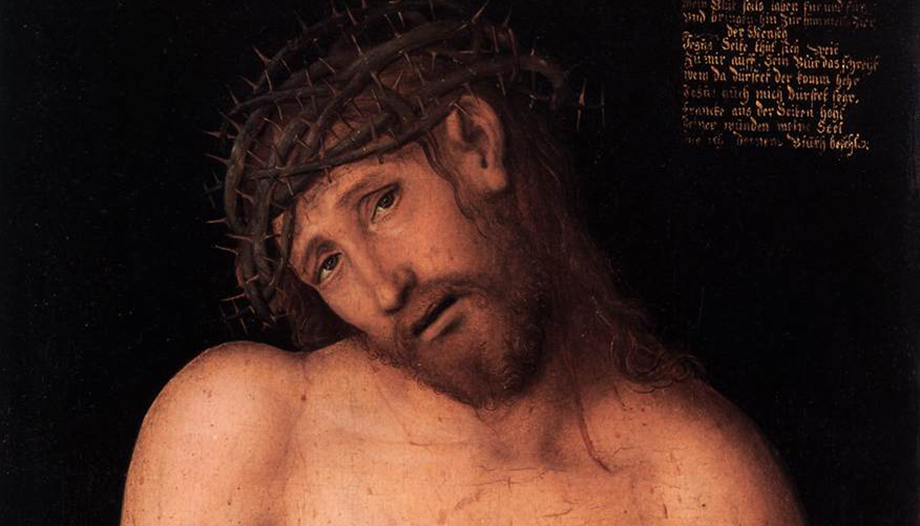Jesus' journey to Jerusalem, central to Luke's Gospel, begins. In the Greek, Luke mentions the face of Jesus three times. "The firm decision" to go to Jerusalem is expressed in this way: "He hardened his face to walk toward Jerusalem."The sending of the couriers: "He sent messengers before his face."and the cause of the Samaritans' rejection: "For his face was on the way to Jerusalem."
Luke shows us the face of Jesus that reveals the face of the Father. Jesus' face seems hard, but in reality he is firm in his loving decision to give his life for all in Jerusalem, tenacious in tenderness and mercy. He wants to resist those who oppose the plan of salvation that will be fulfilled there.
The Jews avoided Samaria on their way to Jerusalem because the Samaritans were unfaithful, but Jesus passes through there on purpose. He has sent messengers, perhaps James and John themselves, who, annoyed by his refusal, ask Jesus for permission to ask fire from heaven to consume them. Jesus turns and shows his face, determined to remain merciful, even to those who reject him. To rebuke James and John, he uses the same verb with which he expels the demons. Those who want to prevent them from walking in the logic of God are considered by him as "Satan", like Peter.
Luke relates in Acts: that Samaria is the first destination, after Judea, indicated by Jesus to the apostles for their testimony; that during the persecution of Saul the Christians fled to Samaria, where they carried the word of God; that Peter and John were sent there, and laid hands on the Samaritans who received the Holy Spirit: that was the fire from heaven that Jesus wanted for Samaria.
Go, walk, follow, are frequent words in this passage. Jesus teaches three aspiring disciples what to keep in mind in order to follow him. If we want to follow him everywhere, Jesus warns us that he is not a refuge, a solution to all problems, a place protected from the difficulties of life, but quite the opposite. If, upon hearing his call, we tell him that before following him we have bodies to bury, wounds, stories and misunderstandings from the past to resolve, he tells us to set aside those burdens and launch out with him on mission.
Thirdly, it encourages us to free ourselves from the conditioning of the people we love and who love us, but who can be an obstacle to following Jesus. The peasants who put their hands to the plow looked forward because that was the way to straighten the furrow. Those who follow the Master must also look ahead, towards the future, towards the newness of life that He is always capable of proposing and realizing.
The homily on the readings of Sunday XIII
The priest Luis Herrera Campo offers its nanomiliaa small one-minute reflection for these readings.









